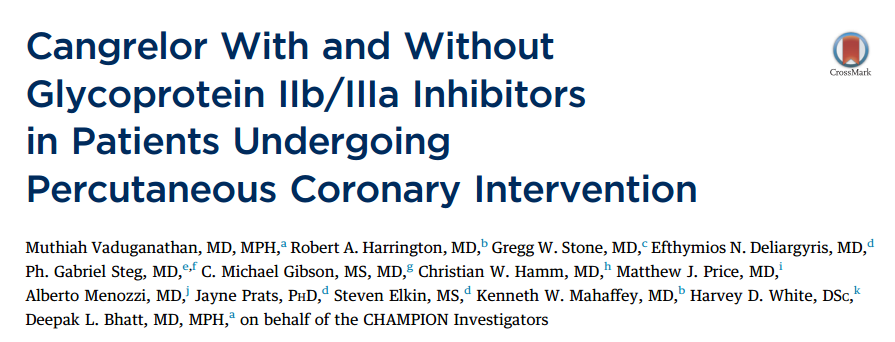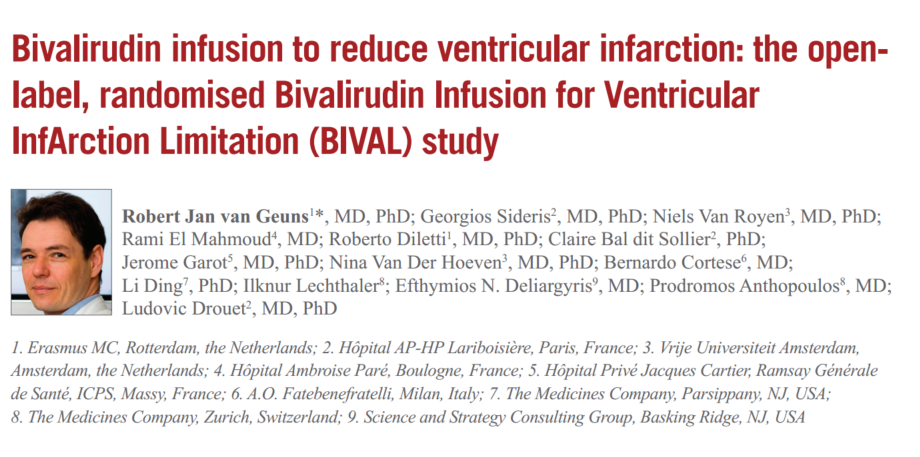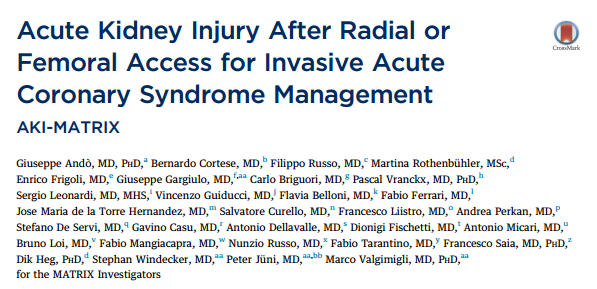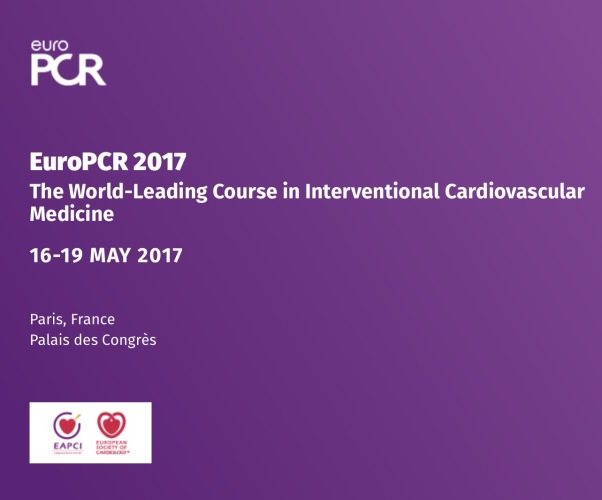A new pubblication about “Nuove tecnologie e applicazioni per il pallone medicato nel 2017” has been published on G Ital Cardiol 2017.
Authors: Bernardo Cortese (1,2), Gaetano Di Palma (1), Roberto Nerla (3), Antonio Micari (3)
(1) Cardiologia Interventistica, ASST Fatebenefratelli – Sacco, Milano
(2) U.O. Cardiologia Diagnostica e Interventistica, Fondazione “Gabriele Monasterio”-Regione Toscana – CNR, Massa
(3) Laboratorio di Cardio-Angiologia Diagnostica e Interventistica, Maria Cecilia Hospital, Cotignola (RA)
CONCLUSIONS
I DCB sono in grado di superare alcune importanti limitazioni degli stent senza perdere la capacità di inibizione della proliferazione neo-intimale, ma deve essere chiaro che questi costituiscono una componente della strategia di rivascolarizzazione ottimale per i nostri pazienti, sempre più complessi, piuttosto che un’alternativa ai DES. Mentre il loro ruolo nella ISR è ormai ben defnito, il trattamento di lesioni de novo, specie nel distretto coronarico, è la nuova frontiera e presenta ad oggi dati incoraggianti, ancorché preliminari. In ambito periferico, tali risultati sembrano non subire effetto di catch-up a 2-3 anni e si possono estendere sia a lesioni TASC A/B sia alle più complesse TASC C/D, così come alle sottopopolazioni di pazienti con lesioni severamente calcifche, dove l’aterectomia costituisce un valido alleato del DCB, o la ISR.
I diversi DCB attualmente in commercio differiscono per la tecnologia che ne è alla base e, pertanto, hanno fornito risultati differenti in termini di effcacia a lungo termine, il che suggerisce l’assenza di un “effetto di classe” per i DCB in generale. Ogni differente tecnologia ha l’obbligo di dimostrare la sua effcacia e sicurezza in studi di adeguata ampiezza, qualità e rigore che possano confermare l’utilità nella pratica clinica dei dispositivi che entreranno in commercio da qui in avanti.
Here is the full article:
9 DCB review GIC 2017







